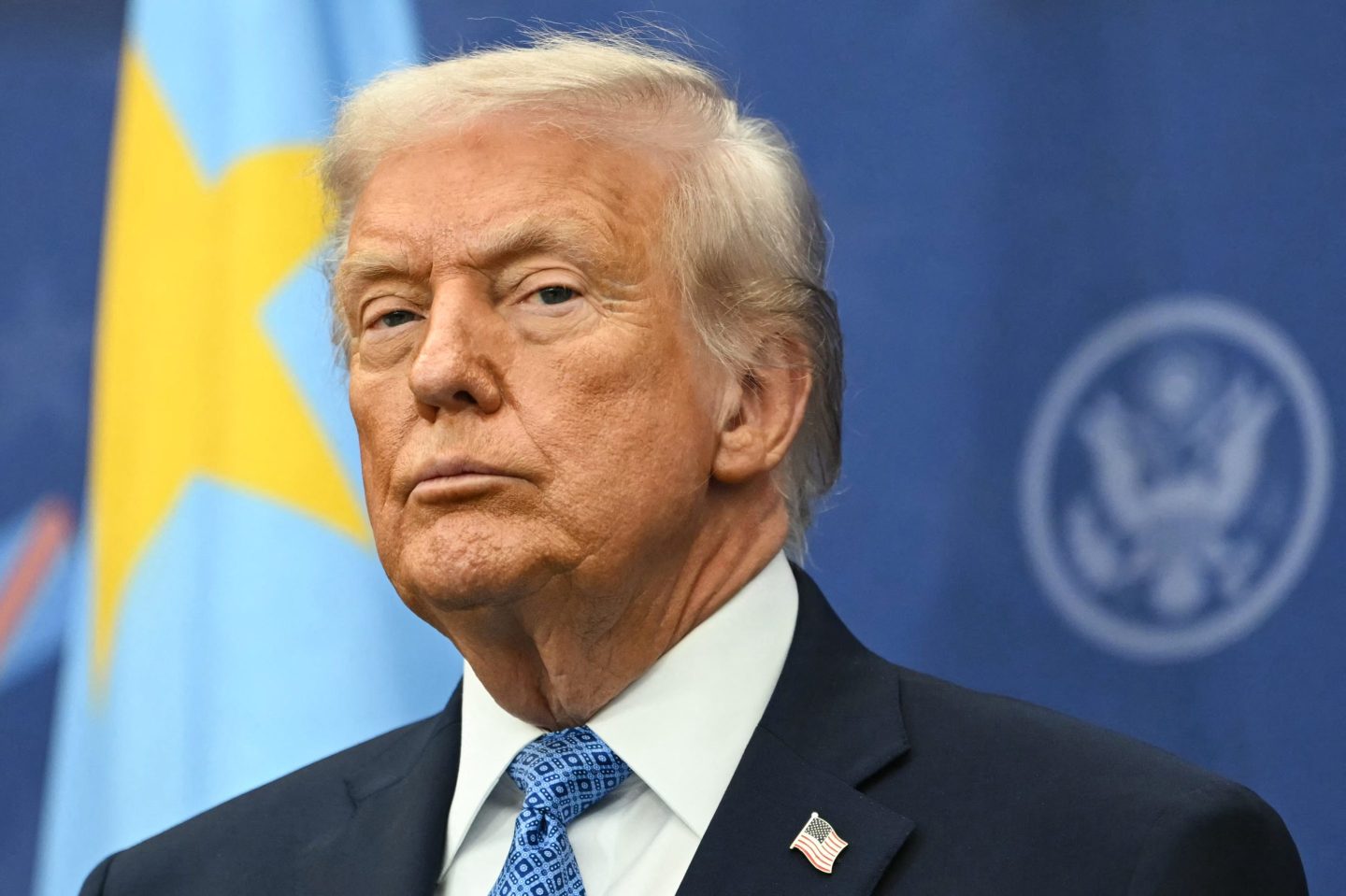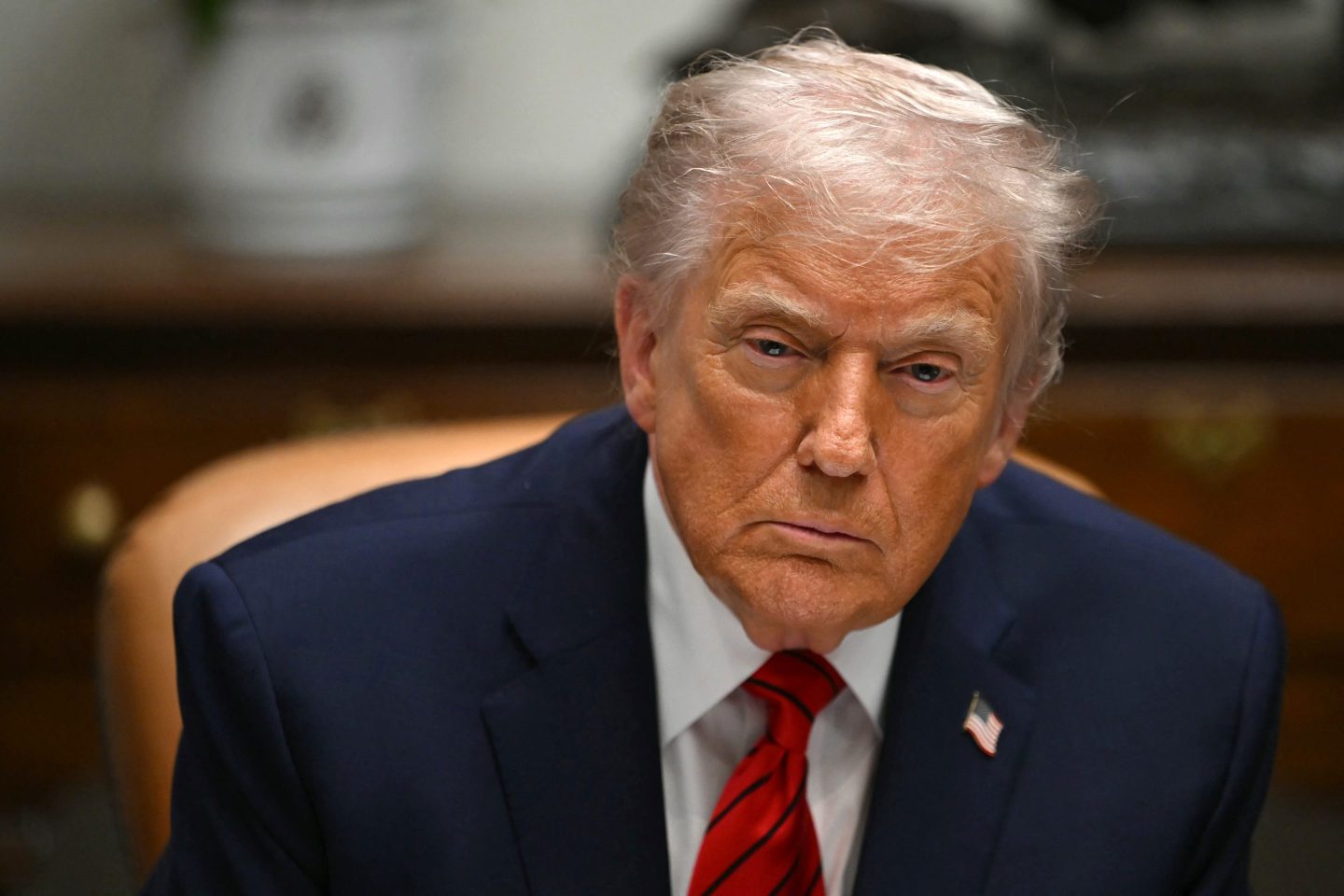
FORTUNE — Chairman Ben Bernanke’s testimony to Congress on Wednesday was a masterful attempt to make distinctions that economists rightly value but markets repeatedly blur. Expect him to continue to press them as he tries to prepare the economy for an eventual reduction in exceptional support from the Federal Reserve. Yet one of the most important distinctions of all remains unanswered.
Bernanke went to great pains again on Wednesday to remind us all that Fed tapering does not mean Fed tightening — a distinction that he highlighted a few weeks ago by contrasting an easing off a car’s accelerator with a tap of the brakes.
He also stressed that the tweaking of Fed policy tools (including experimental market purchases of securities, very low policy rates, and aggressive forward policy guidance) are subject to different timetables. Moreover, there was nothing “preset” about the Fed’s policy intentions. Indeed, the institution “would be prepared to employ all of its tools, including an increase [my emphasis] in the pace of purchases for a time.”
MORE: Why the threat of a ‘currency war’ is dead
Adding to his message of responsive policy accommodation, Bernanke highlighted the difference between the operational notion of policy “triggers” and the less severe notion of “thresholds.” The former would imply an immediate and automatic tightening of monetary policy. That is not what the Fed is pursuing. Instead, it is focused on thresholds which would “lead the [Fed’s policymaking] Committee to consider whether the [economic] outlook … justified such an increase.”
Finally, Bernanke distinguished between stronger data (such as the decline in the unemployment rate since September and the related average monthly job gains of 200,000 this year) and the overall assessment of the health of the economy. On the latter, he rightly noted that “the jobs situation is far from satisfactory.” Also, when it comes to the other part of the Fed’s dual mandate, the challenge could well be “very low inflation” rather than high inflation.
These distinctions are aimed at reducing the inclination of investors to prematurely push market interest rates to their normalized “terminal values” — and understandably so.
As illustrated by the dislocations that followed the more hawkish Bernanke comments of May 22nd and June 19th, a premature tightening of financial conditions would do more than expose the underlying fragility of capital markets and financial intermediation; it would also undermine what remains a fragile process of economic healing and recovery in the United States and beyond.
MORE: Interest rates 101: Why the party is over
Have no doubts, Bernanke is signaling that the Fed is both willing and able to remain accommodative for a long time. Indeed, unlike some prior statements from Fed officials, Wednesday’s testimony essentially bypassed what Bernanke had repeatedly referred to earlier as the “costs and risks” of the unconventional monetary policy. In the process, he left open the most important distinction of all.
One of the most difficult questions facing the U.S. (and the global) economy relates not to policy willingness/ability but, rather, policy effectiveness. In essence, it remains to be seen whether the expected benefits of all these unconventional monetary measures will materialize, and will do so before the risk of collateral damage becomes too large.
Unfortunately, policy effectiveness is not an outcome that central banks are able to secure on their own. Given the triple challenges facing western economies — namely, insufficient aggregate demand, lagging structural reforms, and residual pockets of excessive leverage and debt overhangs — what central banks are doing could well be necessary but certainly is not sufficient.
To succeed, central banks need the support of politicians and other policy-making entities. Here, unfortunately, most western economies are still nowhere near meeting the required duo of willingness and ability, let alone get to effectiveness.
Mohamed A. El-Erian is the CEO and co-chief investment officer of PIMCO.











